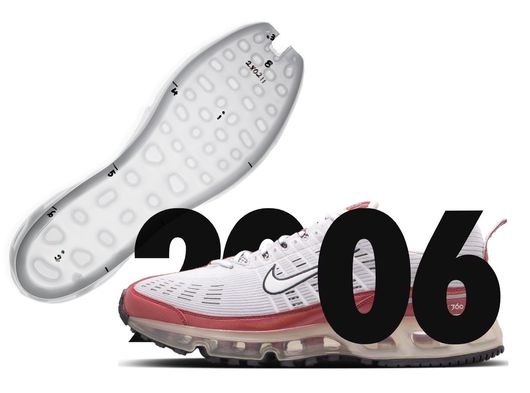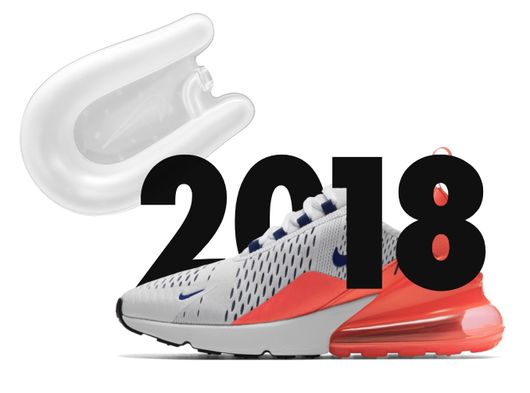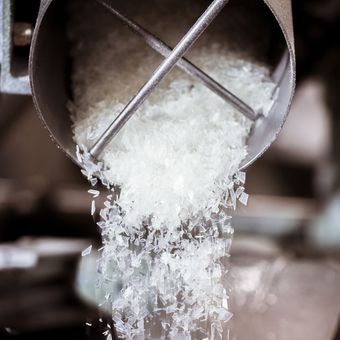AIR MOVES US
Welcome to the soul of Nike Air: Air Manufacturing Innovation, where we live and breathe Nike’s purpose to use the power of sport to move the world forward. We imagine, design and create technology that elevates every athlete’s potential. And we’re sprinting toward a sustainable future.
What is Nike Air?
Nike Air technology consists of pressurized air inside a tough yet flexible bag and provides more spring without compromising the structure. See how Air moves you.
From the Tailwind to the Air Max 270, we create the unparalleled sensation of walking on air. Here’s a look back at the shoes that shaped the evolution of Air:
Tailwind
With a limited release at the 1978 Honolulu Marathon and debuting to retail in 1979, the Tailwind was the first shoe to ever use Air technology – the result of a maverick team working in Building 108, Nike’s manufacturing facility in Saco, Maine. Though a success with runners, the Air sole was encased in foam, drawing skepticism from some athletes because they could not see the Air.
Air Max 95
1995 marked a new era for Air technology. Nike had figured out how to integrate visible Air in the forefoot, and drawing inspiration from geology and Oregon’s muddy running trails, took a hard departure from historic designs. A black midsole — the first in Nike shoes — were devised to hide dirt. The striated, dark colorways of the Air Max 95 were subtly accented with fluorescent yellow elements, a nod to Nike’s track heritage, and complemented by a small Swoosh on the heel cup.
Air Zoom Alpha
By 1996, Air had captured the imagination of athletes worldwide, and runners in particular. Nike Air MI innovators continued to surprise. Leveraging tensile technology, the Air Zoom Alpha was a low-profile wonder for runners. The technology allowed the sole to recharge with each stride. Four, anatomically positioned pods resulted in maximal running efficiency, and laid the foundation for decades of running innovation.
Air Max 97
The Air Max 97 made it clear that the Air revolution was far from over. Inspired by the ripple created from a drop of water into a pond, the 97 pushed the boundaries of design with silver reflective piping, amplified by light. Paired with a hidden lacing system and the first one-piece Air sole, this sneaker checks all the boxes of an icon.
Air VaporMax
Dreams of running only on air materialized in the form of the VaporMax. An eight-year endeavor, this shoe was a feat of engineering and innovation. To achieve the seamless, near-weightless form, 39,000 parts were orchestrated, including the new, highly efficient air bag attached directly to the Flyknit upper using intricate Flywire technologies. No glue, no midsole, no sock liner – just stunning design and the sensation of clouds underfoot.
Air Max 270
The Air Max 270 is Nike’s first Air shoe built specifically for lifestyle wear. Drawing on the DNA of the 180 and 93, the 270 pairs the future-forward zonal-mesh upper with a 32-mm heel Air sole. The smooth lines and cushioned ride have won over the likes of Kevin Durant, setting the bar high for future innovations.
WE’VE PUSHED THE LIMITS OF POSSIBILITY SINCE 1979 AND ARE NOWHERE NEAR FINISHED.
We’re the trailblazers of performance plastics, spanning industries to deliver cutting-edge products.
We fine-tune technology to deliver precision performance in Beaverton, Oregon and St. Charles, Missouri.














